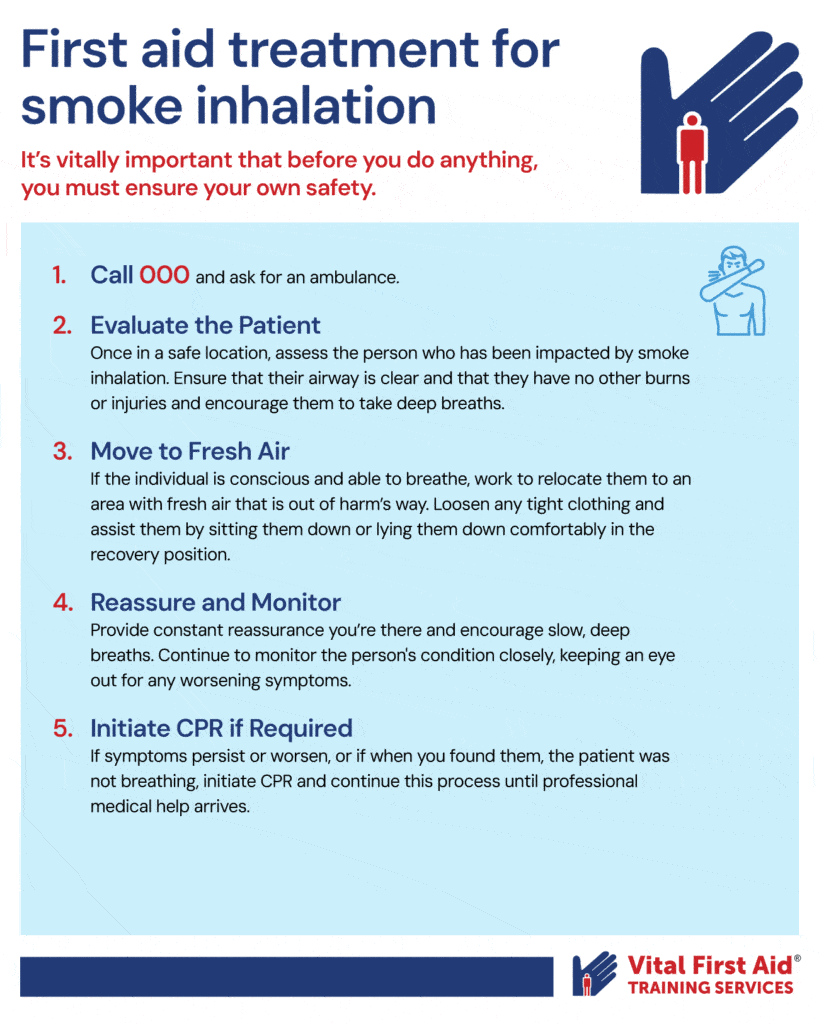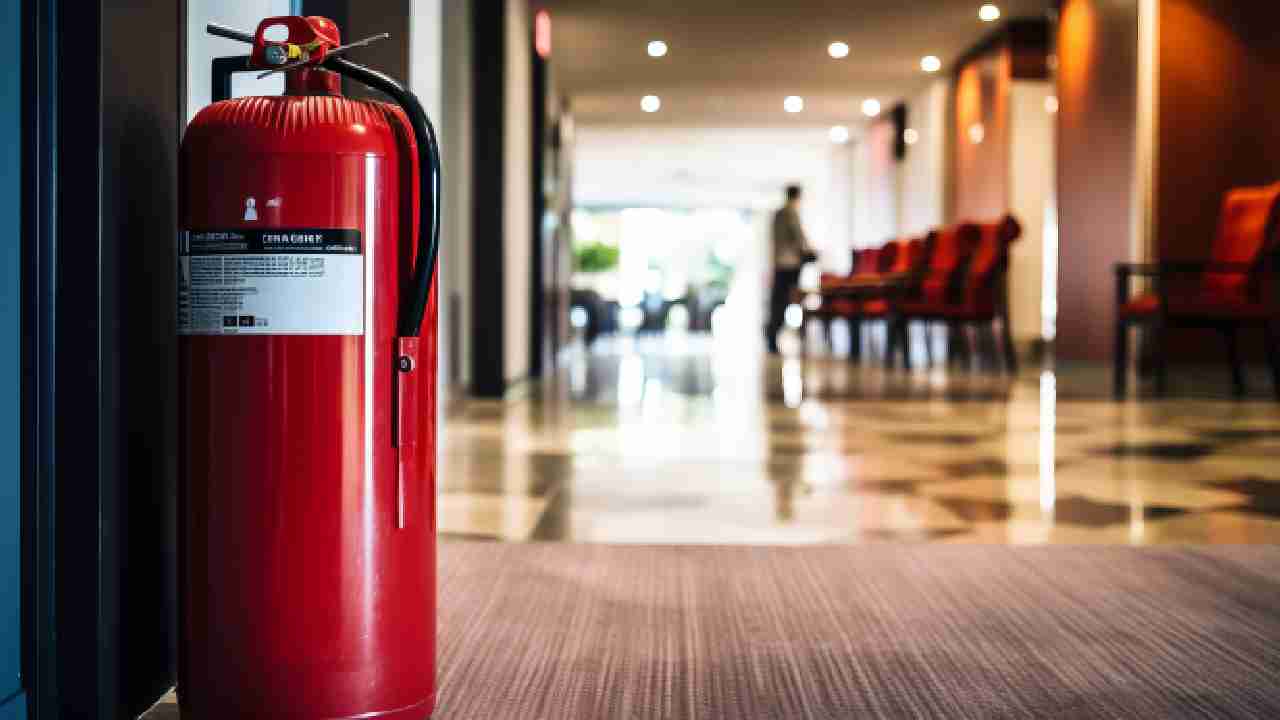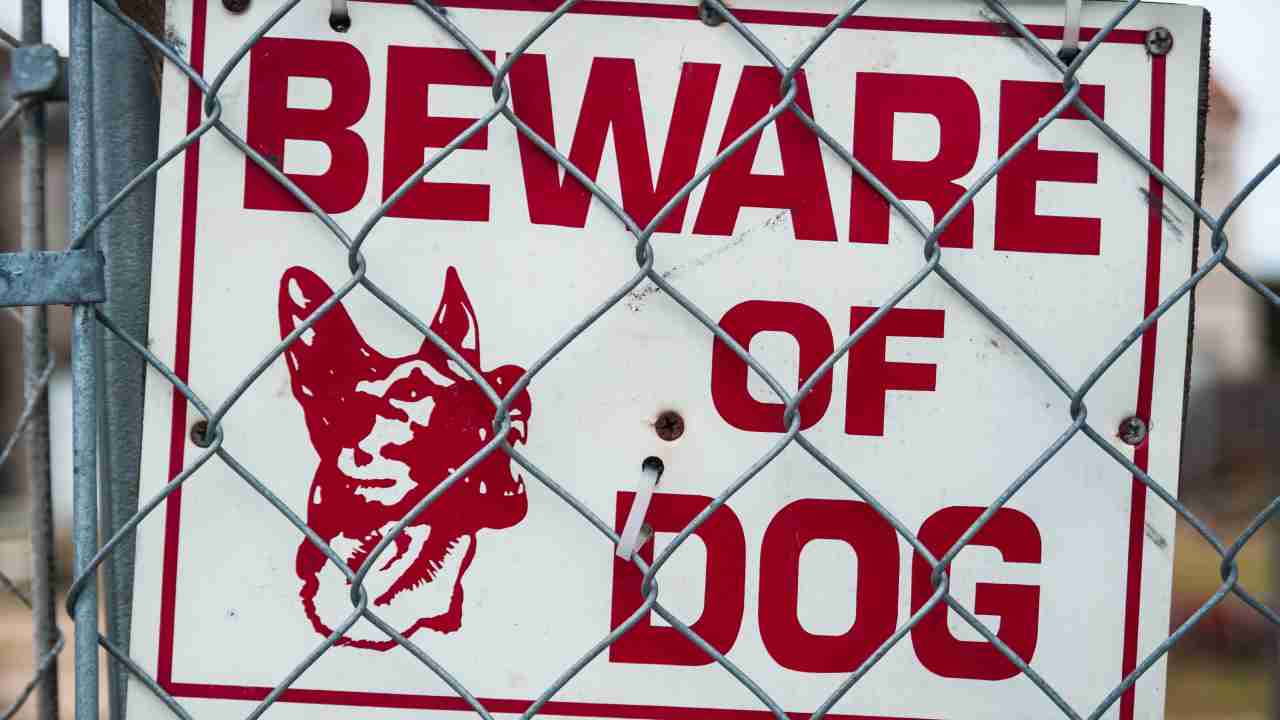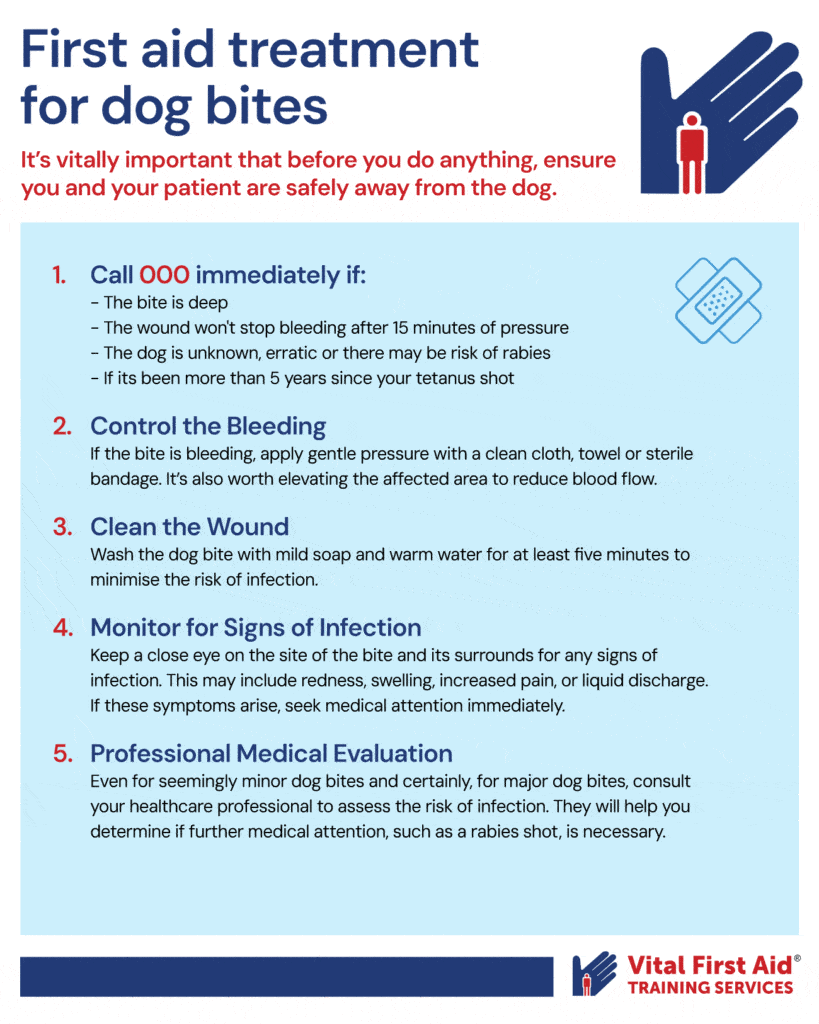The Vital Facts
- More than 2,000 people were hospitalised with respiratory issues during the 2019-2020 Black Summer Bushfires in Australia
- In Asthma Australia’s survey, more than 70% of participants without asthma also reported respiratory symptoms from smoke inhalation
- Children aged 0-14 make up nearly half of all asthma hospitalisations each year
Source: Asthma Australia
Immediate first aid treatment for smoke inhalation:
- Move to a safe location, prioritise the safety of yourself first then others
- Call 000 immediately
- Evaluate the patient, ensure airway is clear
- Move to fresh air
- Reassure and Monitor Symptoms
- Initiate CPR if Required
See here for more in-depth first aid treatment for smoke inhalation.
Jump to a section in this article:
- What is Smoke Inhalation?
- Can Smoke Inhalation be Fatal?
- The Symptoms of Smoke Inhalation
- How to Provide First Aid for Smoke Inhalation
- The Next Step: Complete a First Aid Course!
Smoke inhalation is a dangerous occurrence that can happen in several situations. So it’s crucial to be prepared.
Whether it’s a house fire, bush fire, or a workplace incident, understanding how to respond to smoke inhalation is vital.
In this blog, we’ll break down the basics when it comes to first aid for smoke inhalation. This includes what smoke inhalation is, why it poses a threat, the smoke inhalation signs and symptoms to watch for, and most importantly, how to administer smoke inhalation first aid.
What is Smoke Inhalation?
Smoke inhalation occurs when you breathe in the harmful substances that are released during a fire or any situation involving burning materials. This inhaled smoke often contains toxic gases and particles, affecting your respiratory system.
It can lead to breathing difficulties and other health issues, which makes understanding the basics of first aid key to providing timely assistance.
Can Smoke Inhalation be Fatal?
Yes, smoke inhalation can be fatal because when you breathe in smoke, you expose yourself to a mix of toxic gases and particles.
Carbon monoxide, hydrogen cyanide, and other harmful substances can interfere with your body’s ability to transport oxygen, leading to serious health complications.
In the most severe cases of smoke inhalation, prolonged exposure to these toxins can result in respiratory failure, cardiac arrest, and even death.
Smoke inhalation should never be underestimated. Call 000 immediately if you or someone else has suffered from smoke inhalation.
The Symptoms of Smoke Inhalation
The initial signs of smoke inhalation include:
- The presence of soot around the nose or mouth
- Raspy voice
- Coughing
- Irritated eyes
- Scratchy throat
- Difficulty breathing
- Chest pain
- Nausea
- Headaches
- Confusion
- Dizziness
- Unconsciousness
It’s crucial to be attentive to these warning signs, especially if someone has been in a smoke-filled environment.
Understanding these symptoms will empower you to respond effectively in emergency situations involving smoke exposure and to know when to seek medical attention if symptoms persist or worsen.
How to Provide First Aid for Smoke Inhalation
When faced with the aftermath of a fire, or when presented with someone who is showing signs of smoke inhalation, providing timely first aid is crucial.
However, immediate safety should always come first.
If a fire is still burning, resist the urge to enter the area and instead prioritise the safety of yourself and others. If you are on the premises and at risk of inhalation yourself, evacuate yourself first and foremost.
It’s also vital that you immediately call for professional medical assistance by dialling your local emergency number or 000. Once medical help is on the way and you are safe, follow the below steps to provide first aid for smoke inhalation.
1. Evaluate the Patient
Once in a safe location, assess the person who has been impacted by smoke inhalation. Ensure that their airway is clear and that they have no other burns or injuries and encourage them to take deep breaths.
2. Move to Fresh Air
If the individual is conscious and able to breathe, work to relocate them to an area with fresh air that is out of harm’s way. Loosen any tight clothing and assist them by sitting them down or lying them down comfortably in the recovery position.
3. Reassure and Monitor
Provide constant reassurance you’re there and encourage slow, deep breaths. Continue to monitor the person’s condition closely, keeping an eye out for any worsening symptoms.
4. Initiate CPR if Required
If symptoms persist or worsen, or if when you found them, the patient was not breathing, initiate CPR and continue this process until professional medical help arrives.
By following these first aid for smoke inhalation steps, you stand the best chance to help the sufferer.

The Next Step: Complete a First Aid Course!
You’ll immediately feel more comfortable and confident – especially since fires and smoke inhalation often happen unexpectedly.
To ensure the safety of you and your family, you must have the skills to confidently administer first aid. This includes first aid for smoke inhalation which will allow you to effectively respond to a medical emergency until professional medical assistance is available.
At Vital First Aid, our qualified first aid trainers are highly skilled and experienced, and all first aid students will receive a First Aid Certificate on completion.
To benefit from our range of first aid courses, sign up here.





